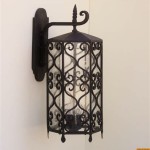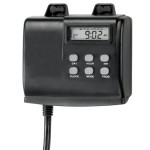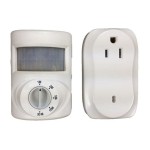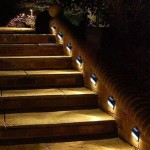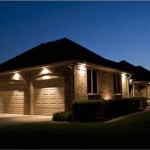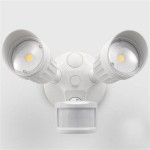How to Build an Outdoor Wood Boiler
Building an outdoor wood boiler can be a rewarding and efficient way to heat your home using readily available resources. This DIY project requires careful planning and a commitment to safety, but the end result is a reliable and potentially cost-effective heating solution. This guide will outline the essential steps involved in building an outdoor wood boiler, ensuring a safe and successful project.
Step 1: Planning and Design
Before starting construction, it’s crucial to establish a solid plan. This includes considerations such as the boiler's size, location, and intended heating capacity. The size of the boiler should be determined by the square footage of the area you need to heat. The boiler’s location should be carefully chosen to minimize fire hazards. It must be placed on a level, non-combustible surface. A well-ventilated area is essential for both safety and efficient operation.
The design phase involves selecting the materials and construction methods. There are various designs for outdoor wood boilers, with some popular options being:
-
Horizontal:
These boilers feature a horizontal firebox and have a larger surface area for heat exchange. They are ideal for larger heating systems. -
Vertical:
These boilers have a vertical firebox, making them space-efficient. They are well-suited for smaller homes or outbuildings. -
Combination:
These boilers combine elements of both horizontal and vertical designs, optimizing efficiency and space utilization.
It’s essential to research and choose a design that aligns with your needs and skill level.
Step 2: Gathering Materials
Building an outdoor wood boiler requires a variety of materials, including:
-
Steel:
Steel plates, pipes, and angles are essential for the boiler’s construction. Choosing the right thickness and type of steel is crucial for durability and heat resistance. -
Firebrick:
Firebrick linings inside the firebox provide insulation and protect the steel from direct heat exposure. -
Insulation:
Insulating the boiler’s exterior with thermal insulation helps prevent heat loss and boost efficiency. -
Hardware:
Bolts, nuts, and other hardware are needed to secure the different components of the boiler. -
Other
: Items like a water pump, expansion tank, and safety valves are vital for a functional heating system.
Ensure these materials are readily available before starting construction. It’s recommended to consult with a welding professional or experienced builder for specific recommendations regarding material selection and quantities.
Step 3: Construction
The construction phase involves assembling the boiler according to the chosen design. The process includes:
-
Cutting and Shaping:
Use a plasma cutter or oxyacetylene torch to cut and shape the steel components according to the boiler design. Be sure to wear appropriate safety gear during this process. -
Welding:
Weld the steel sections together using a welding machine and appropriate welding rods. Ensure all welds are strong and free from defects. Refer to safety guidelines and best practices for welding before proceeding. -
Firebox Construction:
Construct and install the firebox, including lining it with firebrick. The firebox should be designed to hold the wood and allow for proper air circulation. -
Heat Exchanger:
Install the heat exchanger, which transfers heat from the firebox to the water. The heat exchanger can be made from steel pipe or a specialized heat exchanger designed for this purpose. -
Insulation and Finishing:
Insulate the boiler’s exterior to prevent heat loss and improve efficiency. Finish the boiler with paint or other protective coatings to prevent corrosion.
The construction demands careful planning and attention to detail. It's essential to follow safety protocols during the welding and heat-related processes.
Step 4: Installation and Hookup
After the boiler is built, it must be installed at its designated location. Ensure it is placed on a level, non-combustible surface. Once the boiler is installed, it needs to be connected to your heating system. This involves connecting the boiler to a water pump, expansion tank, and safety valves. It is essential to consult with a qualified plumber or heating technician for proper installation and connection of the boiler to your heating system.
Building an outdoor wood boiler requires careful planning, design, and construction. It is important to prioritize safety and follow best practices. Always consult with experts and obtain necessary permits before starting construction.

Plans How To Build A Wood Outdoor Boiler

Plans How To Build A Wood Outdoor Boiler

Wood Boiler Water Treatment Chemicals Iro

Plans How To Build A Wood Outdoor Boiler

Frequently Asked Questions Wood Boiler Manitoba

Homemade Wood Boiler Plans Complete Step By Guide

Pad Designs Portage Main Outdoor Boilers Eau Claire Wi

Plans How To Build A Wood Burning Outdoor Furnace

Warm Up Your Winter With The Outdoor Wood Boiler For You

Electric Geothermal And Wood Boilers Diy Radiant Floor Heating Company
Related Posts
